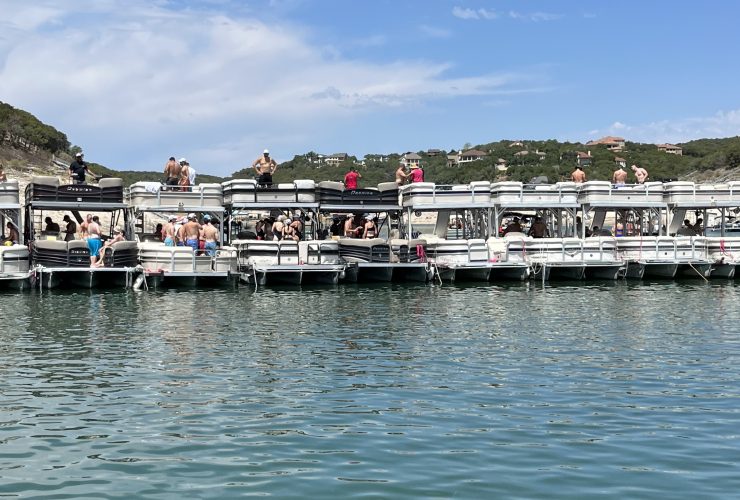Planning your next best boat tour? You need to know your boat’s limits. I’ve been boating for years and trust me, nothing ruins a day on the water faster than an overloaded boat. It’s not just uncomfortable—it’s dangerous.
Factors Affecting Boat Capacity
Look at your boat. How big is it? A 16-footer can’t safely carry what a 24-footer can. I learned this hard when I took my small fishing boat out with six friends. We were sitting so low in the water that waves were splashing in! Your boat’s width matters too—wider boats typically handle more weight. And don’t forget about design—bowriders distribute weight differently than pontoons. Check your capacity plate (usually near the helm)—that’s your magic number.
Passenger Weight Calculation
Count heads, then do the math. My buddy Tom always says he weighs 180, but we all know it’s closer to 210. Be honest about weights. Your average adult? Probably 180-200 pounds. Kids? About 80-100 pounds. And yes, your retriever counts too—my 85-pound Lab takes up as much space as a teenager. Write it all down. No guessing. I keep a small notebook in my boat for just this purpose.
Gear and Equipment Considerations
The stuff you bring adds up fast. Last summer, my cousin brought so much fishing gear we had to leave some coolers behind. Watch out for:
- Safety Equipment: Life jackets, flares, first aid kits—essential but heavy.
- Water Sports Equipment: That wakeboard, tube, and extra rope weigh more than you think.
- Fishing Gear: Tackle boxes feel full of bricks after a long day.
- Navigation Tools: GPS units seem small until you add mounting brackets and power supplies.
- Personal Items: Everyone brings a bag, snacks, drinks—it piles up quickly.
Understanding Boat Weight Limits
Your boat has a breaking point. Push past it, and you’ll turn a great day into a nightmare. My neighbor ignored his pontoon’s limits last Fourth of July. Know what happened? The engine struggled, they burned through gas twice as fast, and they couldn’t get up on plane. The ride was rough, slow, and dangerous. Your capacity plate isn’t a suggestion—it’s based on safety testing. Spread weight evenly—heavy stuff low and centered.
Calculating Total Weight Capacity
Here’s how I figure out my boat’s limits before every trip:
- Hull Design: My flat-bottom jon boat carries more than my buddy’s deep-V.
- Material Composition: My old wooden boat couldn’t handle what my new fiberglass one can.
- Equipment Weight: I weighed all my permanent gear once—over 200 pounds!
- Passenger Load: I count absolute weights, not what people claim.
- Cargo Weight: Those full coolers? Heavier than you’d guess.
Do this before your next outing: Calculate your weight. Don’t just eyeball it. Your boat will handle better, use less fuel, and most importantly, keep you safe. I’ve had to make the tough call of leaving people on the dock before—better that than risking everyone’s safety. If you’re unsure about your calculations, ask at your local marina. Most old-timers there are happy to share what they’ve learned through years on the water.
Other Related Topics:





